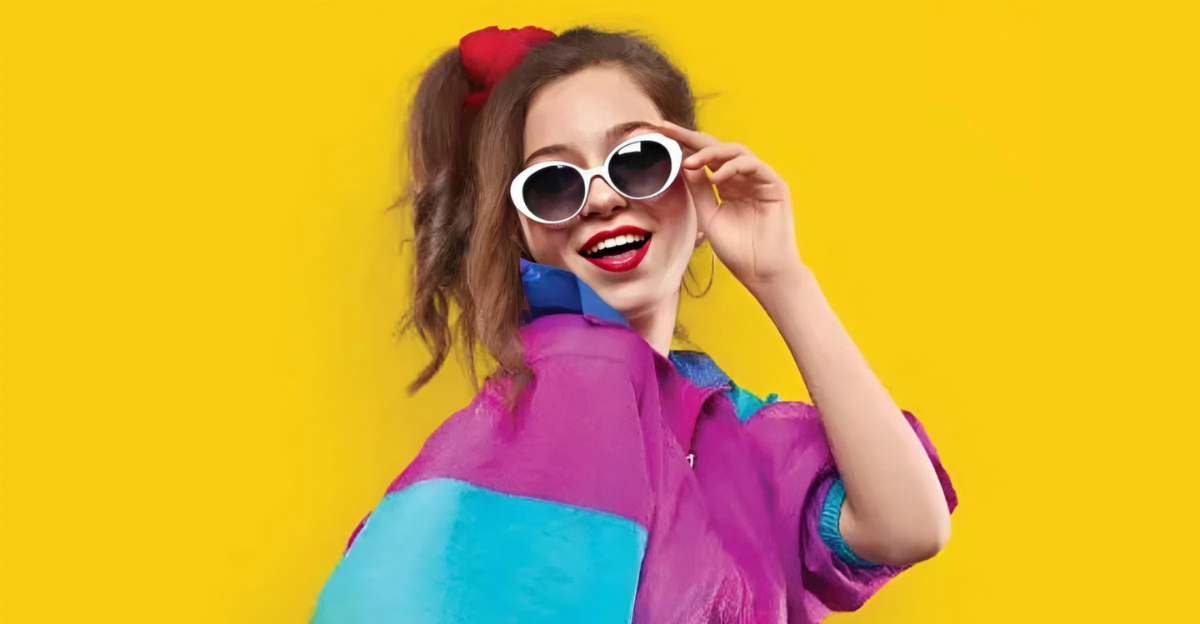
Every decade in American history, even going back to the days of the founders, has been dominated by both innovations and fads. The innovations are the things that stick: the changes that make life happier, easier, or relaxing. Those innovations improve every year, and society improves and moves forward.
Fads are different. They do not impact society in an important way, but are still fun and memorable. Thanks to TV, movies, and music, it is easy to look back on the fads from the 1980s and 90s. Here are some of the best.
1. Grunge Music
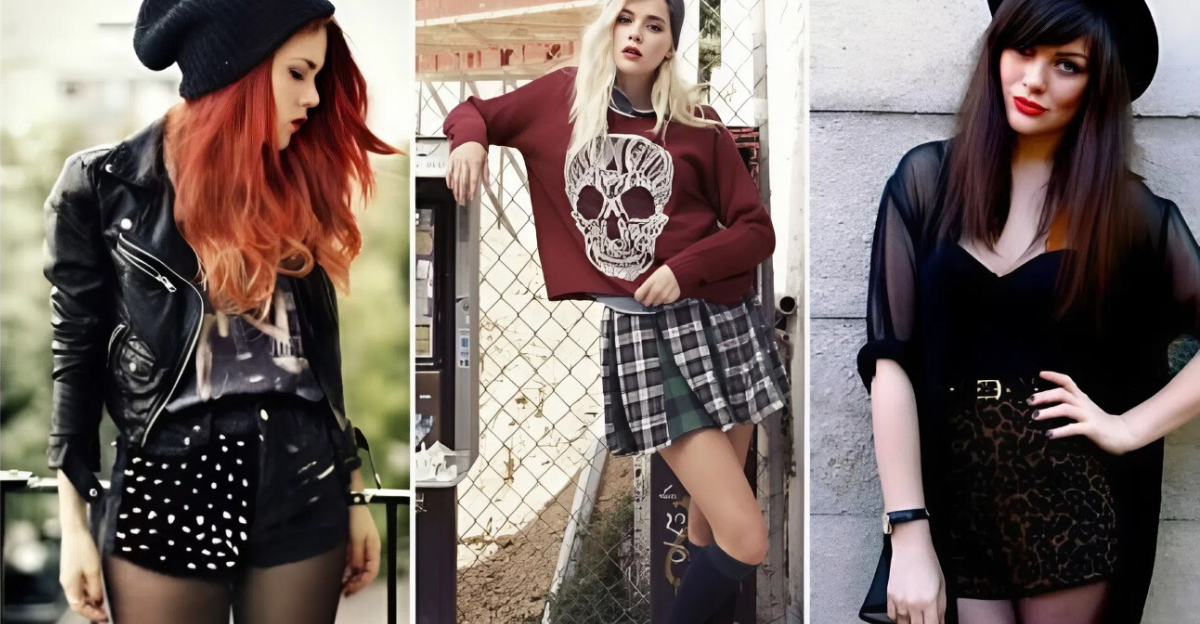
Grunge music took over the airwaves in the early 1990s thanks to bands like Nirvana, Alice in Chains, and Pearl Jam. A big part of the music’s success was its stark contrast to the hair metal and pop that dominated in the 1980s. People traded in their neon and Members Only jackets for ripped jeans and faded flannels.
Grunge certainly affected music, and it is easy to hear its influence today, but the style of music has largely disappeared. It was a cynical reaction to a greedy and decadent decade that made grunge so innovative and popular.
2. Valley Girl Culture
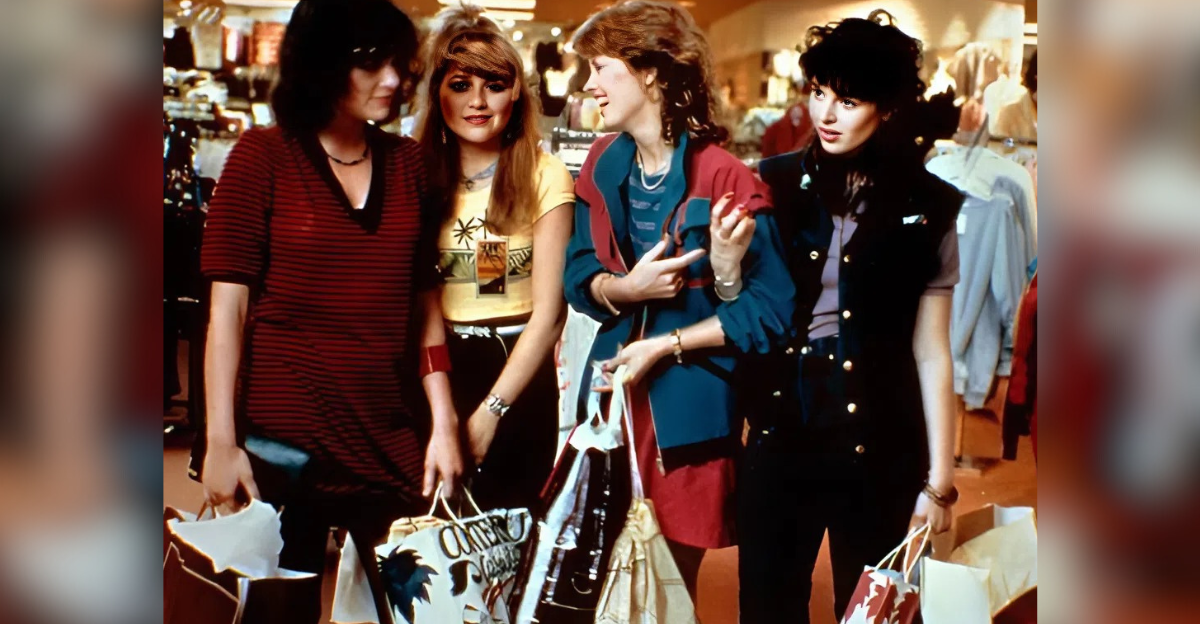
The Valley Girl culture emerged from the San Fernando Valley of California in the early 1980s. It was influenced by various things, including the hippie movement, urban culture in California cities, and surfing culture. The culture had its own style, with colorful separates and high-waisted jeans, but it is best remembered for Valspeak.
Valspeak was a term coined to describe the way Valley Girls spoke. Immortalized in the 1983 Martha Coolidge film called Valley Girl, the dialect was noted for its strange uses of slang and constantly ending sentences in a question.
3. Garbage Pail Kids
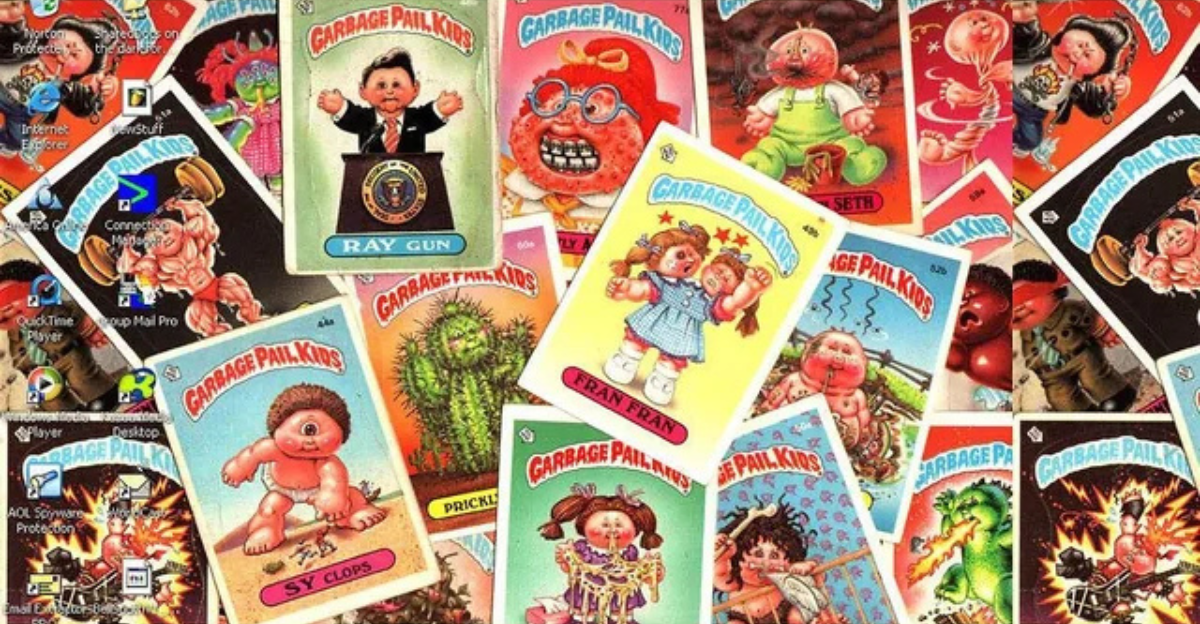
Garbage Pail Kids were a parody of one of the other biggest fads of the 1980s, Cabbage Patch Dolls. They were the brainchild of cartoonist Art Spiegelman, who also created the Pulitzer Prize-winning graphic novel, Maus. The cards repurposed the figures into kids with a deformity and clever alliterative names. The sticker cards became a sensation with kids who gobbled up packs with their allowance money.
Due to the cards’ gross and crude nature, schools often banned them, which only made them even more popular with kids. While the fad would eventually peter out, the cards are still highly sought after by the kids who grew up with them and can sell for thousands of dollars on the internet.
4. Beanie Babies
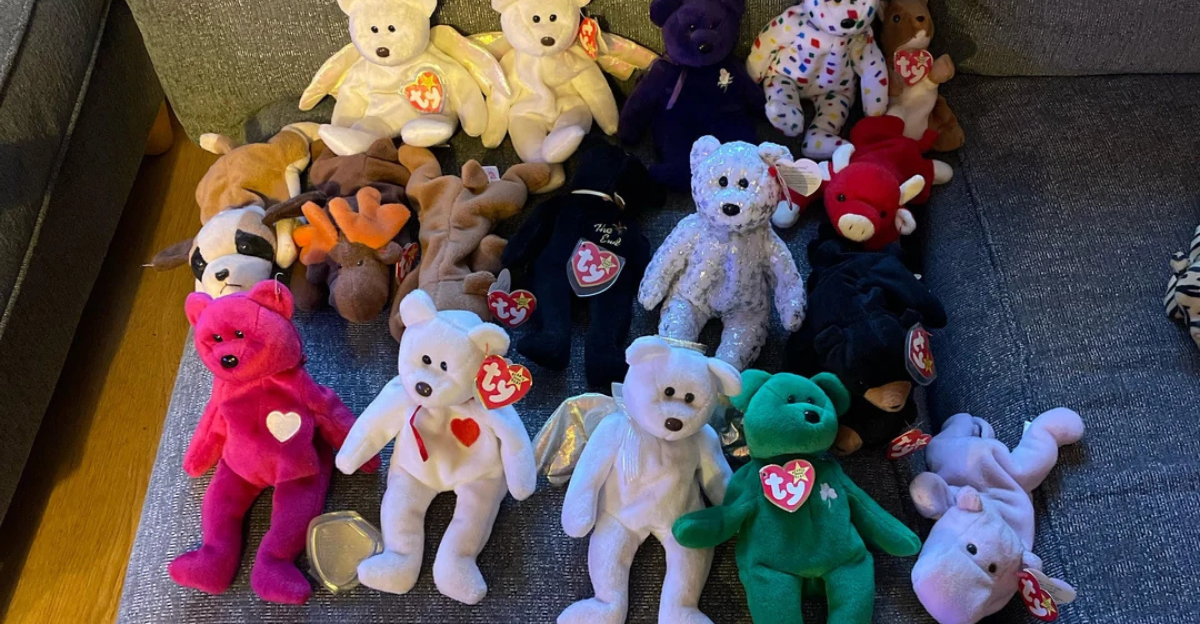
Beanie Babies, created by Ty Warner, were cute little animal toys that were stuffed with small plastic beans instead of plush. They had been around for a while, but the toy line caught fire in the late 1990s and became one of the biggest toy fads that anyone could ever remember.
People began to collect the plush toys not only because they liked the way they looked, but because of perceived resale value, especially if they had the commemorative Princess Di beanie. In the end, none of them were really worth anything.
5. Rubik’s Cube
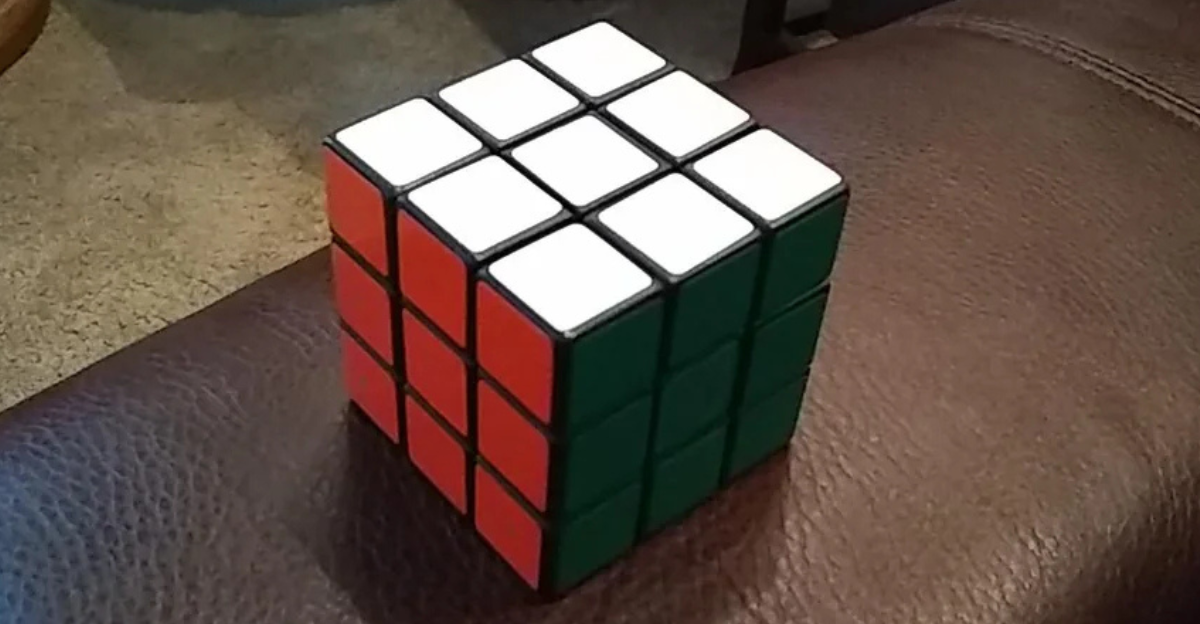
Every decade there are toys that really capture the imagination. The 60s had Rock ’em Sock ’em Robots, and the 70s and the 1970s had Mood Rings and Stretch Armstrong. One of the most iconic toys of the 1980s was the Rubik’s Cube.
The multicolored handheld puzzle toy was addictive to players who wanted to prove how smart they were by solving it. People were obsessed over the toy as guides on how to successfully solve the puzzle sold out in stores. It was the perfect toy for the pre-Internet era.
6. Fanny Packs
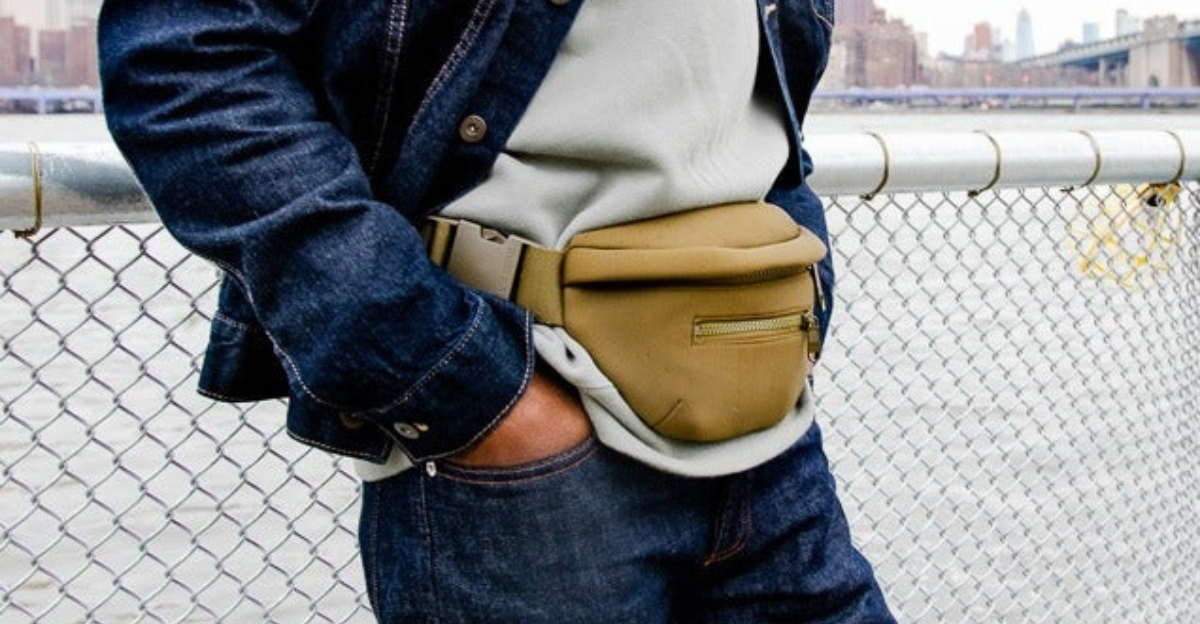
The fanny pack was first seen on the ski slopes, where skiers stored their things while keeping their hands free. Tourists soon took to using the bags while travelling, feeling that putting their stuff in the front of their bodies could prevent them from being pickpocketed.
Soon, fanny packs were appearing not just at travel destinations but in locations nationwide. Companies soon stocked packs in all different kinds of colors, and they were very popular. Then one day it seemed, at least in America, that they were a huge sign of dorkiness and the fad rapidly came to an end.
7. Hypercolor Shirts
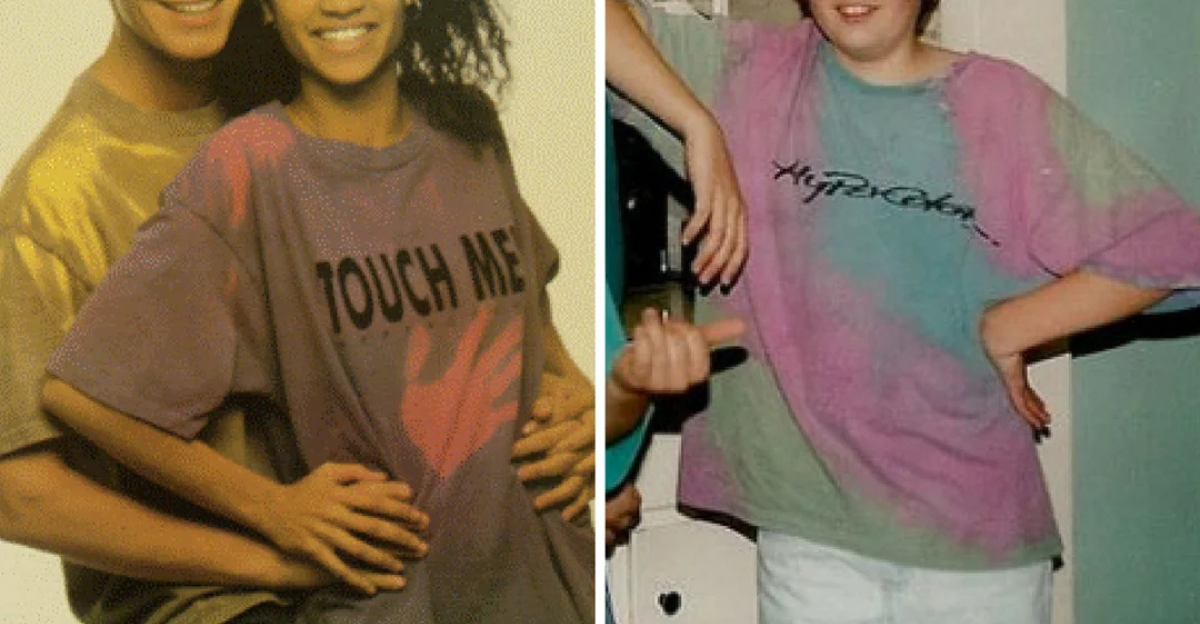
Generra was a men’s sportswear company that began to dabble in a thermochromic pigment made by a company in Japan. The fabric would change colors from one to another based on whether it was hot or cold. The demand was overwhelming as soon as Generra’s products hit the shelves.
In 1991, Generra had more than $50 million in orders for the garments and had significant trouble filling them. By the time they were ready for fulfillment, the fad was about over, and Generra declared bankruptcy in 1992.
8. Mullet
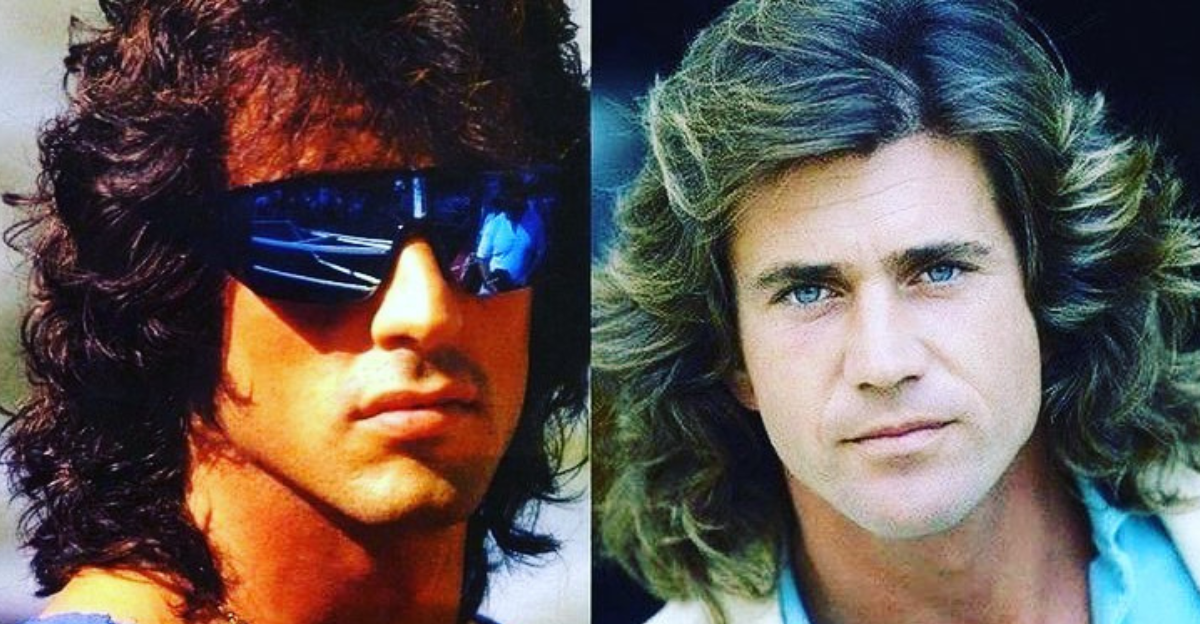
It is thought that the mullet was first worn by Emperor Tiberius in the Roman Empire. The style, short on the sides and long in the back, was also worn by some Native American tribes. In the 1980s, the hairstyle absolutely exploded in popularity.
Favored by hockey players, and some of the biggest stars in Hollywood, like Mel Gibson and Patrick Swayze, were adherents of the haircut. Musicians also sported mullets, with people like David Bowie and Billy Ray Cyrus focusing on business in the front and party in the back. The mullet is still around today but mostly in ironic fashion.
